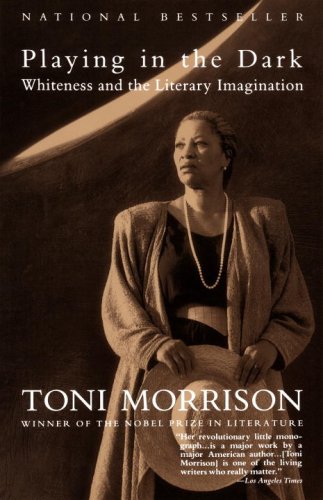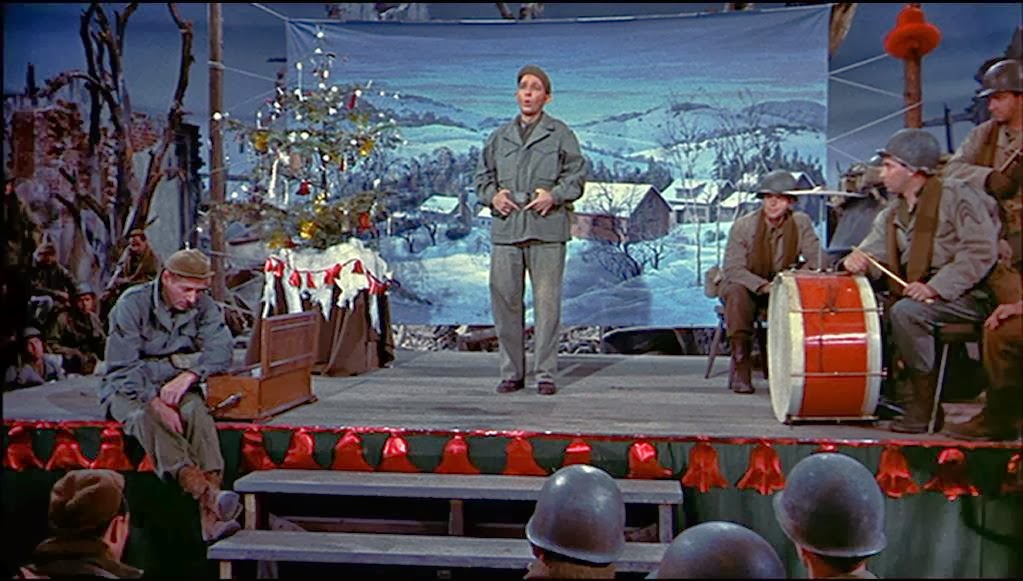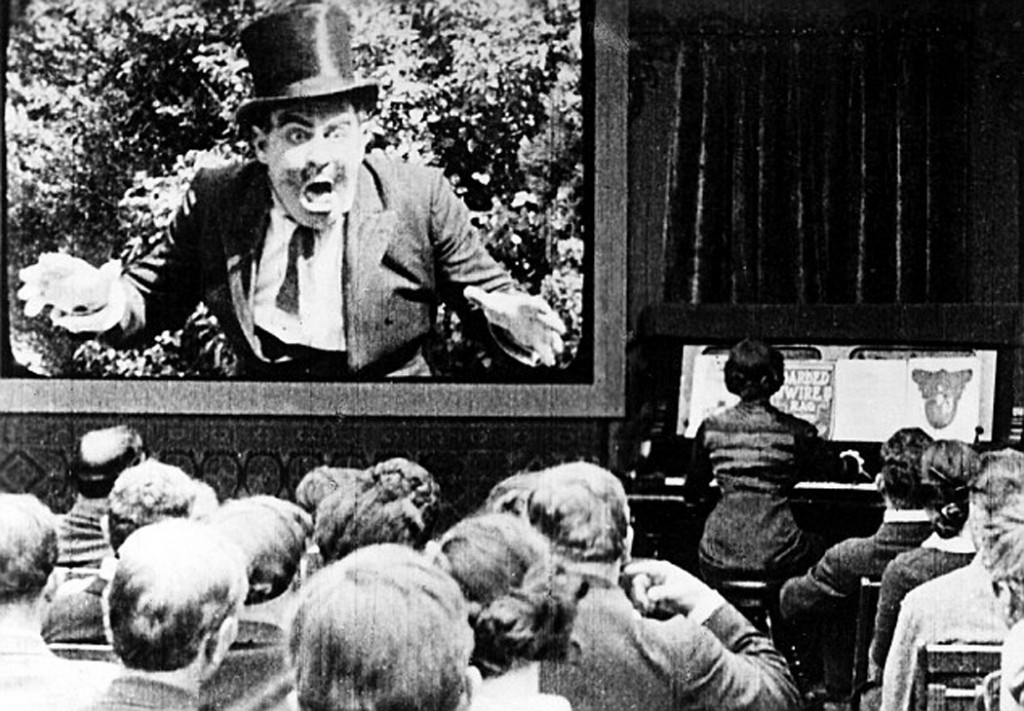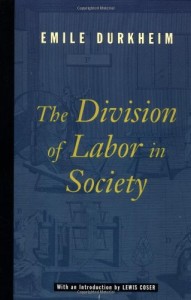
For a new Culture on the Edge series “You Are What You Read” we’re asking each member to answer a series of questions about books — either academic or non-academic — that have been important or influential on us.
1. Name a book you read early on that shaped the trajectory of your career.
 I was still very early in my graduate studies in English when I came across Toni Morrison’s Playing in the Dark: Whiteness and the Literary Imagination. Morrison is best known for her novels, of course, but this tiny book is a critical examination of what she calls an “Africanist presence” that has been key, in her reading, to the construction of literary notions of “Americanness.” I tend to think—both in fiction and in criticism, Morrison is at her best when she is at her most concise. My favorite of her novels has always been the quick but powerful read Sula, and I’m similarly taken with her ability to pack a lot of punch in the mere 91 pages of Playing in the Dark.
I was still very early in my graduate studies in English when I came across Toni Morrison’s Playing in the Dark: Whiteness and the Literary Imagination. Morrison is best known for her novels, of course, but this tiny book is a critical examination of what she calls an “Africanist presence” that has been key, in her reading, to the construction of literary notions of “Americanness.” I tend to think—both in fiction and in criticism, Morrison is at her best when she is at her most concise. My favorite of her novels has always been the quick but powerful read Sula, and I’m similarly taken with her ability to pack a lot of punch in the mere 91 pages of Playing in the Dark.
At that point as a grad student, I thought I’d be taking a relatively traditional approach, doing close readings of the works by “great” American writers (J. D. Salinger was the one I most wanted to write about). What struck me about Morrison’s text at the time was her interest in the structural or contextual concerns of the fiction she discusses (by Poe, Melville, Cather, and Hemingway, specifically). She deals with the ways in which ideas of individualism, freedom, manhood, discovery, etc.—all popular themes in so much American writing—rely heavily on an oppressive racial power structure that creates the space for writers and scholars to naturalize that very structure by ignoring concerns of racial identifications in the pursuit of “humanistic” matters. This was a big and productive blow to what I then thought to be the different and distinct worlds of “text” and “context.” Continue reading “You Are What You Read, with Merinda Simmons (Part 1)”


 “Going to the movies over the winter break?” is a common enough question this time of year, but the curious thing is that if we asked:
“Going to the movies over the winter break?” is a common enough question this time of year, but the curious thing is that if we asked: A
A  While I was searching the web for tradition-related articles, I came across this news story written by John Laughland (a British civil engineer) who submitted an article to a Greek e-newspaper—“protothemanews.com”—entitled “
While I was searching the web for tradition-related articles, I came across this news story written by John Laughland (a British civil engineer) who submitted an article to a Greek e-newspaper—“protothemanews.com”—entitled “ The Edge’s
The Edge’s 

 Naming two books is cheating I guess, but I adore Mark Twain’s The Adventures of Huckleberry Finn and A Connecticut Yankee in King Arthur’s Court. As Twain grew older — at least as I read him — he became almost as skeptical about morality as was Nietzsche. For Twain, humans are neither good nor evil; rather, human behavior simply follows from the processes socialization to which we’re subjected from the cradle, and moral evaluations of human behavior are not based on a universal ethics but are always relative to the sympathies with which one has been socialized. Consider the narrator’s commentary in Connecticut Yankee:
Naming two books is cheating I guess, but I adore Mark Twain’s The Adventures of Huckleberry Finn and A Connecticut Yankee in King Arthur’s Court. As Twain grew older — at least as I read him — he became almost as skeptical about morality as was Nietzsche. For Twain, humans are neither good nor evil; rather, human behavior simply follows from the processes socialization to which we’re subjected from the cradle, and moral evaluations of human behavior are not based on a universal ethics but are always relative to the sympathies with which one has been socialized. Consider the narrator’s commentary in Connecticut Yankee:  I heard a replay yesterday of a very interesting episode of Radiolab, all on brain/body issues.
I heard a replay yesterday of a very interesting episode of Radiolab, all on brain/body issues. As discussions and protests swirl around the United States following the recent Grand Jury decisions in several cases of police violence, Gyanendra Pandey’s discussion of violence, specifically in relation to South Asian nations, is applicable.
As discussions and protests swirl around the United States following the recent Grand Jury decisions in several cases of police violence, Gyanendra Pandey’s discussion of violence, specifically in relation to South Asian nations, is applicable. I was still very early in my graduate studies in English when I came across
I was still very early in my graduate studies in English when I came across  While I’m tempted to name one of my favorites by Althusser, Derrida, Foucault, Bourdieu, or Butler, I think I’ll go with Durkheim’s The Division of Labor in Society. While Elementary Forms seems to be everyone’s favorite in religious studies, I have a strong preference for Division of Labor. In Division of Labor we see the best and worst of Durkheim all at once: sometimes rigorous and sometimes sloppy in his argumentation, he delivers a devastating blow to methodological individualism, he shows how culture is fundamentally related to society or social structure, but — although he frequently departs from the self-serving views of his contemporaries — he speaks freely of “primitive savages” across the globe and ratifies a certain brand of European ethnocentrism. I love teaching Division of Labor because I get to show students a brilliant mind whose views deserve continual consideration yet not always acceptance. Every lecture turns out to be a love letter of sorts to Durkheim, but with a love that resists romaniticizing him and instead loves him despite his flaws.
While I’m tempted to name one of my favorites by Althusser, Derrida, Foucault, Bourdieu, or Butler, I think I’ll go with Durkheim’s The Division of Labor in Society. While Elementary Forms seems to be everyone’s favorite in religious studies, I have a strong preference for Division of Labor. In Division of Labor we see the best and worst of Durkheim all at once: sometimes rigorous and sometimes sloppy in his argumentation, he delivers a devastating blow to methodological individualism, he shows how culture is fundamentally related to society or social structure, but — although he frequently departs from the self-serving views of his contemporaries — he speaks freely of “primitive savages” across the globe and ratifies a certain brand of European ethnocentrism. I love teaching Division of Labor because I get to show students a brilliant mind whose views deserve continual consideration yet not always acceptance. Every lecture turns out to be a love letter of sorts to Durkheim, but with a love that resists romaniticizing him and instead loves him despite his flaws.